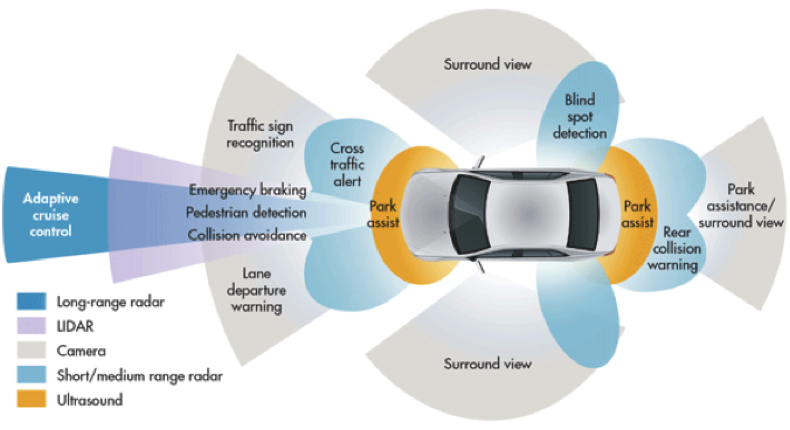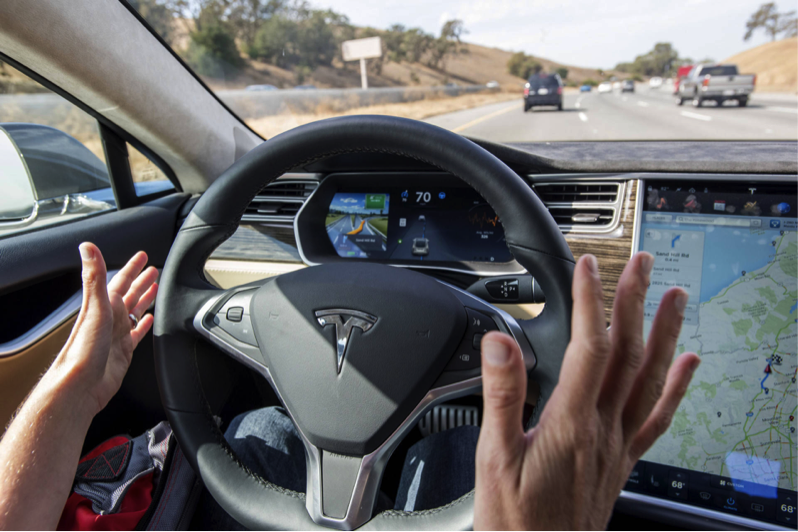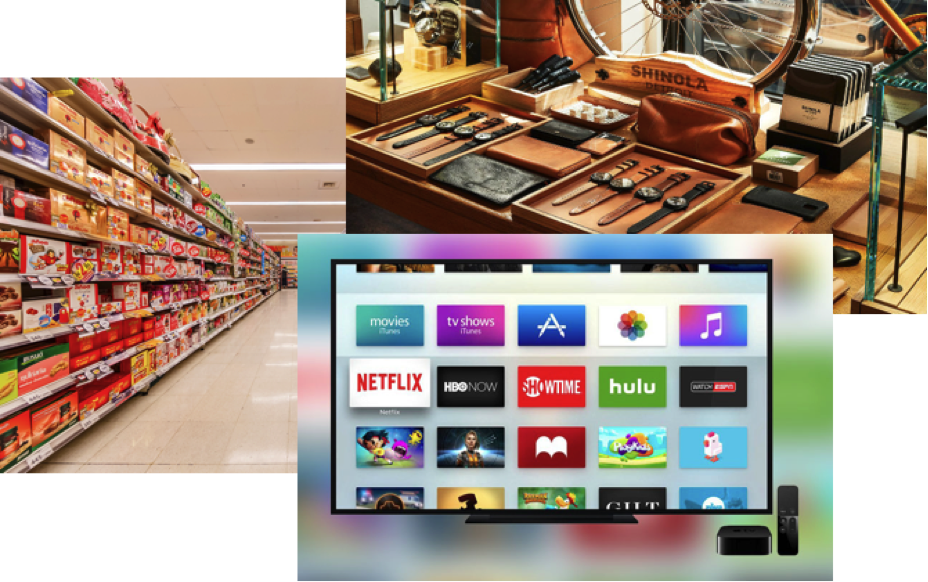David Rangel: AI at the Wheel: Marketing in the Age of Self-Driving Cars
Talk of Artificial Intelligence (AI) is everywhere, and not only in Silicon Valley. It’s impossible to avoid news stories of how AI will change entire industries (and potentially leave many of us unemployed in the process).
The most visible of these industries is transportation, where you can already see self-driving cars being tested (at least in California) and brands like Tesla have already included some self-driving functionality in their production models.
There is also talk in marketing circles about how AI is already impacting our efforts. For the most part, however, we’ve found this to be wishful thinking. Don’t get us wrong—AI will indeed come to marketing and will have a big impact. But today’s hype is mostly that, as very few marketers are set up to take advantage of AI. We are, unfortunately, still in a world where consumers feel they get too much email and marketers feel like few, if any, of their messages are read.
To that point, we thought it would be useful to write about what it will take to get ready for AI and what forms it may take once we get there. Transportation, and self-driving cars, as the most visible implementation of AI gives us a good framework with which to understand what we need.
The Underpinnings of AI
How do self-driving cars work? It comes down to three prerequisites: sensors, the rules of the road and data. You need those three things in place in order to add AI “fairy dust” and make it all work.
1) Sensors - If you’ve seen one of these cars drive by, you probably noticed that it’s decked out with all types of sensors. What are they for? The are necessary for the car to “observe” everything around it and avoid any unforeseen obstacles.

2) Rules of the road - Cars need detailed, up-to-date “knowledge” of the roads and the rules of those roads (e.g., one ways, no left turns). Driving in different locales can vary significantly and these rules give the cars a way to engage with the roads.

3) Data - Once the sensors and knowledge of the rules are in place, then it’s all about collecting data. Lots and lots of data. This is why Google has been testing their cars on actual roads for years now and why Tesla actually rolled out some limited functionality to their production cars. The more miles these cars run, all while collecting data, the better the results will be.

Once you have sensors, rules of the road and data, then AI algorithms can be used to get things going. Where are we today? We are here:

We have cars that can drive themselves under very specific, and limited, circumstances. In other words, we are just getting started.
So how does this relate to marketing? Well, you need the same three things:
1) Sensors - In a marketing context, the sensors are all your consumer touchpoints: brick and mortar stores, loyalty programs, mobile apps, web sites, etc. Marketers need to start collecting data across these touchpoints and sending it back to a single repository, or CRM. The more information you can collect about how a consumer interacts with your business, the better.

2) Rules of the business - Different businesses vary in significant ways. A low-margin, transactional grocery retailer is very different from a high-margin, aspirational luxury product retailer. And there are hundreds of other variations. These will all affect how you (and a future AI) will market to your customers, so it’s important to have the flexibility to build these rules into your marketing systems.

3) Data - Finally, you need data. Lots and lots of data. But in this case, it isn’t data on a city or its roads. It is data on your customers, optimally arranged in unique and flexible profiles.

Putting these three things together (sensors, rules of the business, and data) will get us to a point where we can start to “take our hands off the wheel.” Unfortunately, as mentioned earlier, very few businesses are in a position to do this today. Businesses, especially large enterprises, are much more complex than a car (even a self-driving one!) and getting everything aligned and ready for AI will take time.
We believe that some businesses will be ready to start taking their hands off the marketing wheel over the next 1-3 years. Will we ever get to full automation? It’s likely, but many marketers may be loath to hand over their marketing and messaging to a black box for the foreseeable future.
Finally, once AI is ready for marketers, how exactly will it impact our messaging? There are five key things that AI will help to optimize:
1) Smart segmentation - First is segmentation: understanding your customers, separating them into different groups, based on their demographics, interests, purchases, etc. The difference between segmentation today and segmentation with AI is that you will be able to have many more segments and the differences between segments will be much finer grained.
2) Correct date and time - The next area AI will influence is date and time of messaging. Everyone is different and the right message for them may arrive at a slightly different time and day.
3) Appropriate channel - Then there are different channels: email, push, in-app, SMS, and more. Which is the correct channel for each person? AI will be able to determine this by seeing past activity and predicting future response rates across channels.
4) Right frequency - We also have to think about frequency. Some people want to hear from you more often, others are fine with the occasional message.
5) Compelling content - Finally, there is the actual content of the messages you send. The right content can include recommendations that are highly personalized, copy that speaks to a customer’s demographic and offers that will trigger a purchase.
So that’s it. To summarize:
-
We believe AI, and its potential impact, is still on the horizon for marketers. But it’s coming.
-
To get ready, marketers need to think about their customer touchpoints, rules of the business and start collecting actionable data in unique and flexible customer profiles.
-
Once that is in place, we’ll be closer to being able to take our hands off the wheel, with full automation coming thereafter.
- Finally, AI will then have a clear impact on our messaging segmentation, date/time, channel, frequency and content.

 How to resolve AdBlock issue?
How to resolve AdBlock issue? 